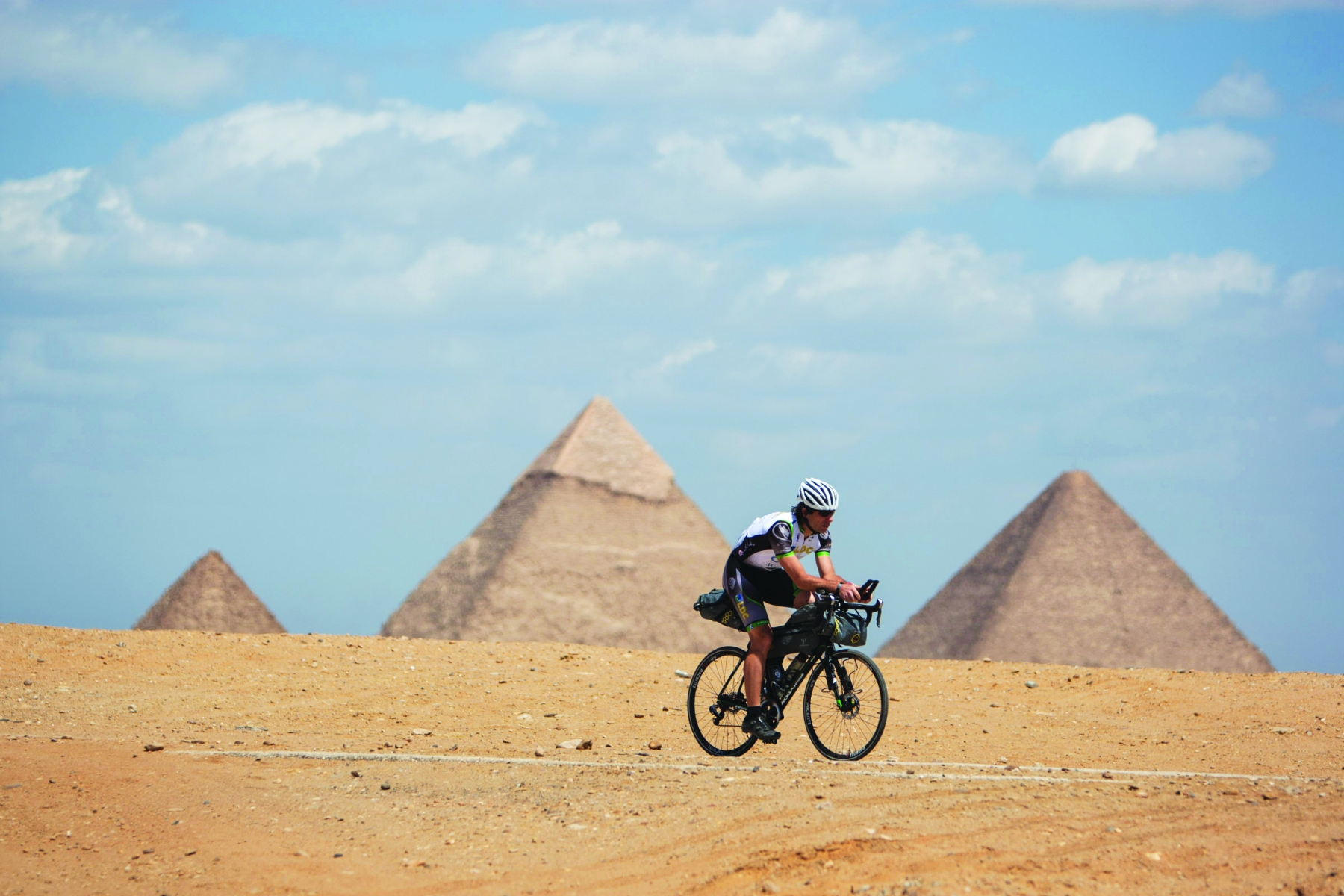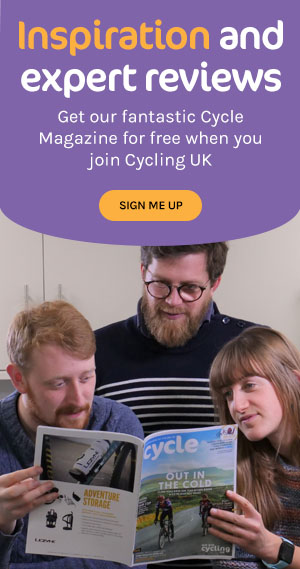Great Rides: Namibia
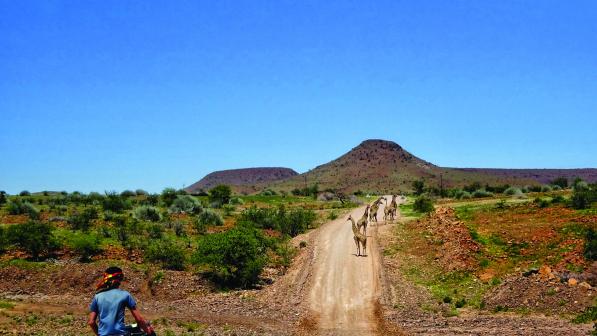
Cycling into a desert is always a daunting prospect. We’d mapped out a chain of water points, increased our capacity to 23 litres between the two of us, and crammed our panniers with seven days’ worth of breakfasts, lunches, dinners and snacks. Yet as we rolled out of the frontier town of Kamanjab and into Damaraland, a sparsely populated and desperately arid region of the Namib Desert, our excitement was tempered by nervousness
Would the wells we were relying on be dry? Would our supplies last? And, perhaps just as importantly, would the scenic wonders of this inhospitable region live up to our high expectations?
Arid beauty
As it turned out, that last question was first to be answered. We’d spent the previous weeks of our tour from Kenya to Cape Town cycling and hitchhiking across the Kalahari savanna, our minds numb after 2,000 kilometres of dead-straight, pan-flat roads. I was anticipating a day or two of transition from the dull plains to the unique scenery of the Namib Desert.
But from the moment we left town, we found ourselves riding through a rapidly changing landscape. A natural sculpture park of Picassoesque boulders rose from either side of the road, carved by millennia of wind, while jagged crags burst upwards between them like shards of glass.
Thrilled by the scenery, our first real challenge was soon visible ahead: Grootberg Pass, a snaking line of gravel weaving between the cliff-crowned, flat-topped Palmwag mountains. At just 350m in altitude, it ought to have been an uncomplicated climb, but in Namibia nothing is as straightforward as it ought to be.
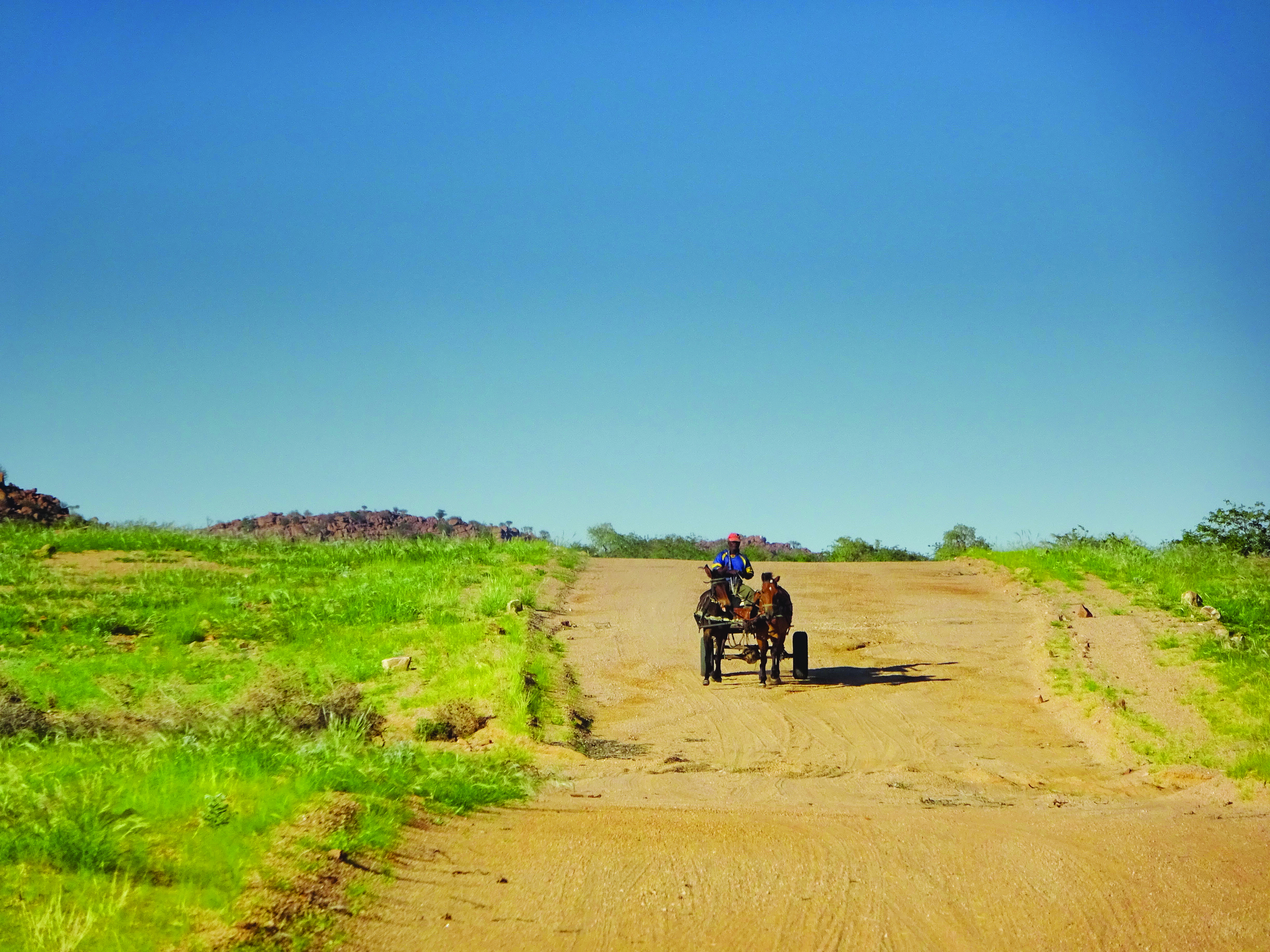
As we began the approach, one of my overladen panniers became the first casualty of the rough roads: a screw had rattled loose and disappeared in the sand, leaving the bag hanging limply off the rack. I pinched another to patch it up, and we were soon beginning the climb, hauling our 60kg bikes into a fierce headwind under the blistering sun.
It was a tiresome slog, but with stunning scenery on all sides, glowing golden in the afternoon light, it was impossible to be anything but elated as we summited the pass and rolled down to find a beautiful spot to camp. A magnificent starscape soon grew above us.
Desert giants
We were delighted to find our expected water points appearing on cue, with village hand pumps or tanks providing once-a-day refills. Just as our nerves were slipping away, we were treated to another of Namibia’s wonders.
Heba spotted the first one, which was well camouflaged against the ochre hues of the desert landscape. Another materialised beside it, eyeing us curiously from behind a stunted tree, and then another. Suddenly, six giraffes were staring straight at us from the roadside.
Normally among the shyest of animals, this troop was unfazed by two dusty cyclists. We were the awestruck ones, admiring their awkward elegance as they paraded onto the road ahead. No clearer message could have been sent: road or no road, this was their domain; we were merely guests.
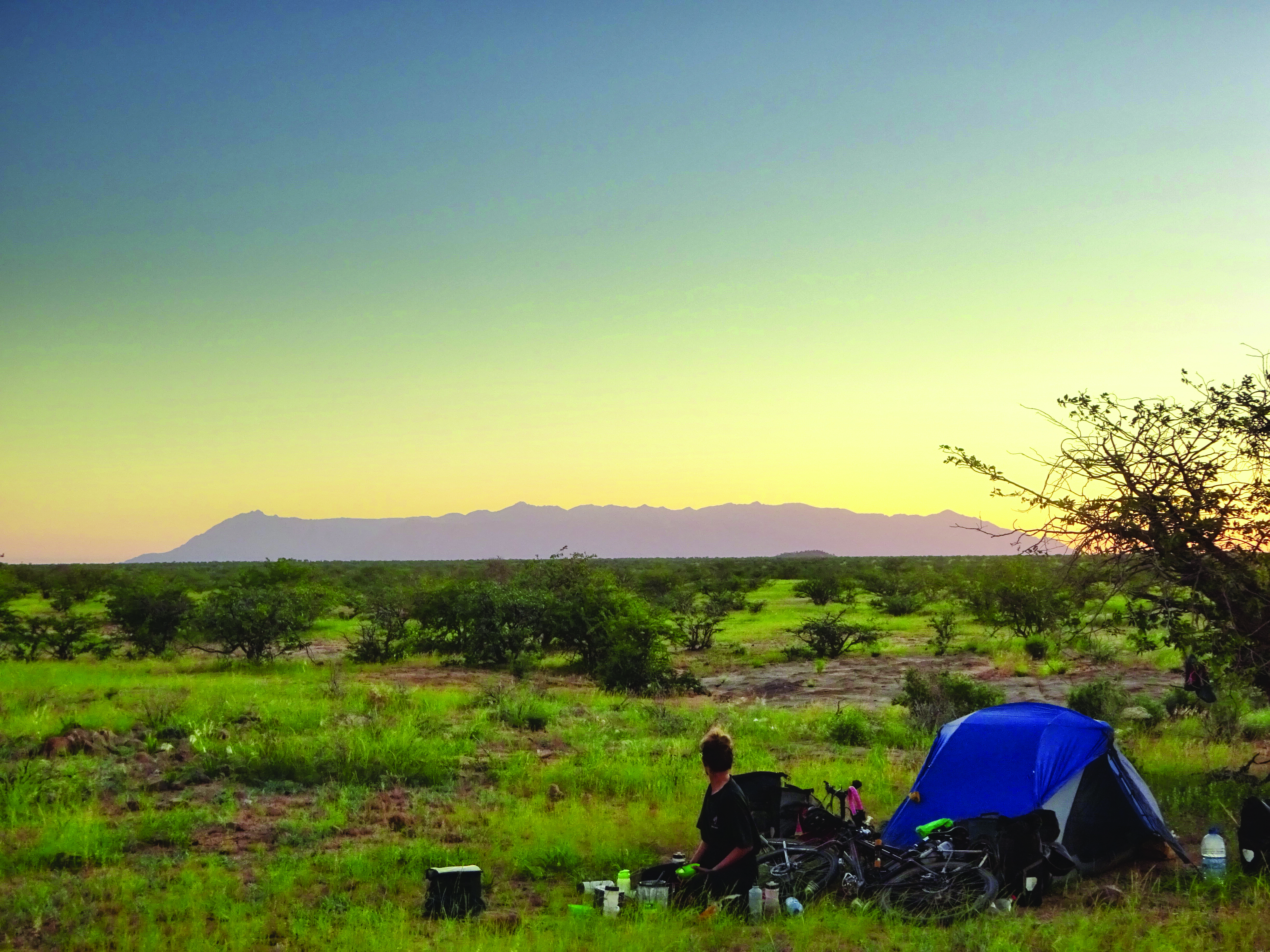
While we’d seen plenty of giraffes over the previous months, most of Africa’s famous wildlife is concentrated in national parks, where cycling is generally prohibited and entry fees are high. Here in Damaraland, however, it’s the people who are confined to a handful of small settlements, while giraffes, elephants, zebras, antelope and lions roam freely beyond. Sharing the road with these remarkable animals was a truly special moment.
The following days were a treasure of gravel road riding as we passed through red Martian landscapes, pale moonscapes scattered with alien plants, ancient canyons, unexpectedly luscious wildflower meadows, and sand dunes carpeted by silvery grasses rippling in the wind like a sea of mercury. Recent rains had ended a 10-year drought and, although the rivers were again bone dry, we were treated to the rare wonder of a desert in bloom.
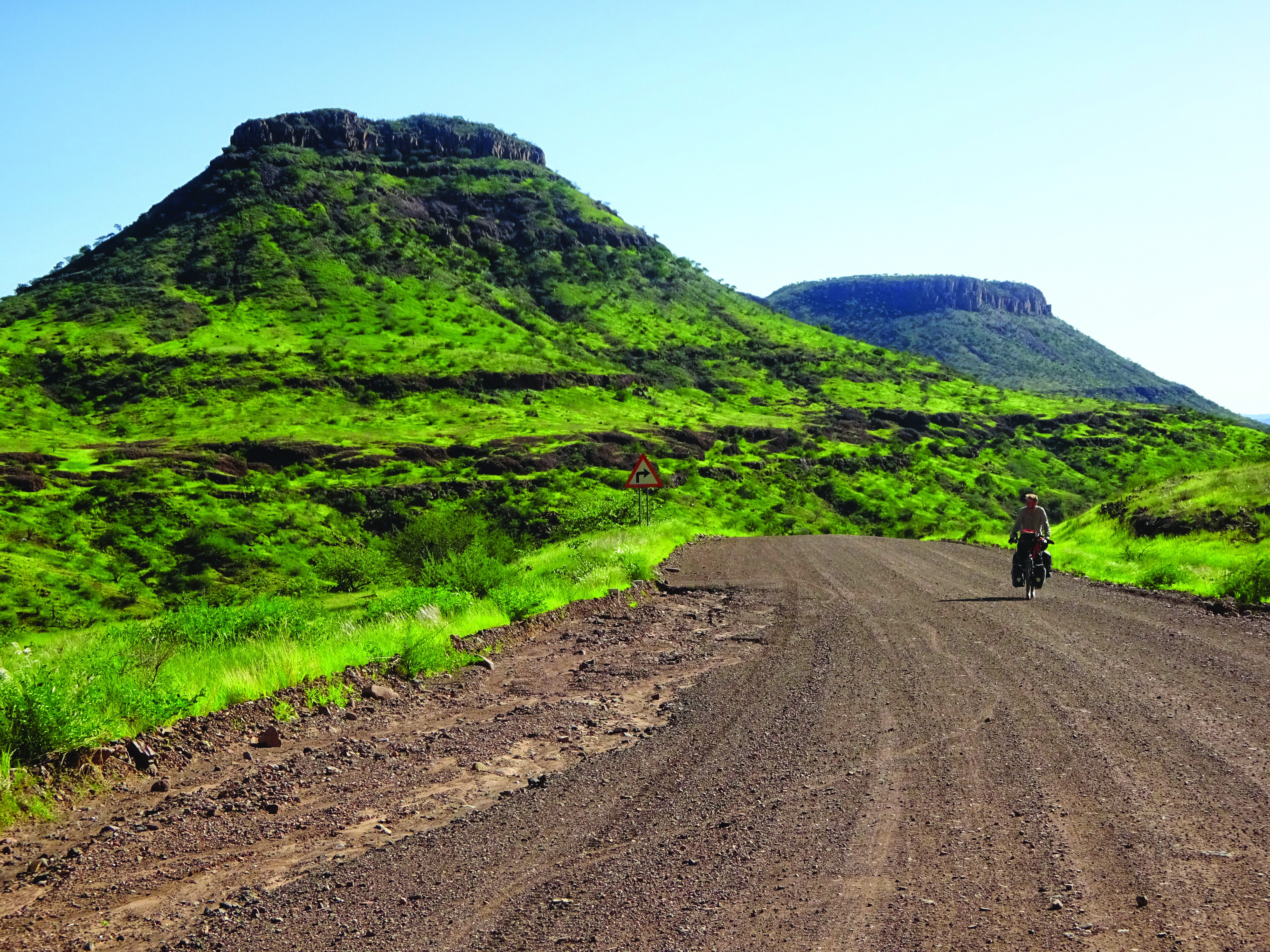
Slogging through sand
In this world of extremes, the sublime beauty of the landscape was inevitably matched by its inhospitableness. As the days passed our muscles ached, our lips cracked in the dry air, and we spent our afternoons huddled under whatever shade we could find to avoid heatstroke.
By day six, we were just 117km from the small mining town of Uis. A good day’s ride would mean we’d reach it – and a shower, a bed and a cold beer – the following day. Rising early and determined, we set off under a beautiful pastel sunrise. And then hit a stretch of unrideable sand, forcing us out of the saddle and leaving us plowing a desperately slow course on foot, our energy and motivation sinking as rapidly as our wheels.
An army of flies descended on us, drawn to the sole source of moisture and salt for miles around: our pouring sweat. With our hands clinging to the handlebars to try to stay upright, flies would brazenly land on our cheeks, noses, ears or eyelashes, edging ever closer to the glistening moisture of our eyes. Swatting them merely sent them boomeranging around our heads to restart their exploration.
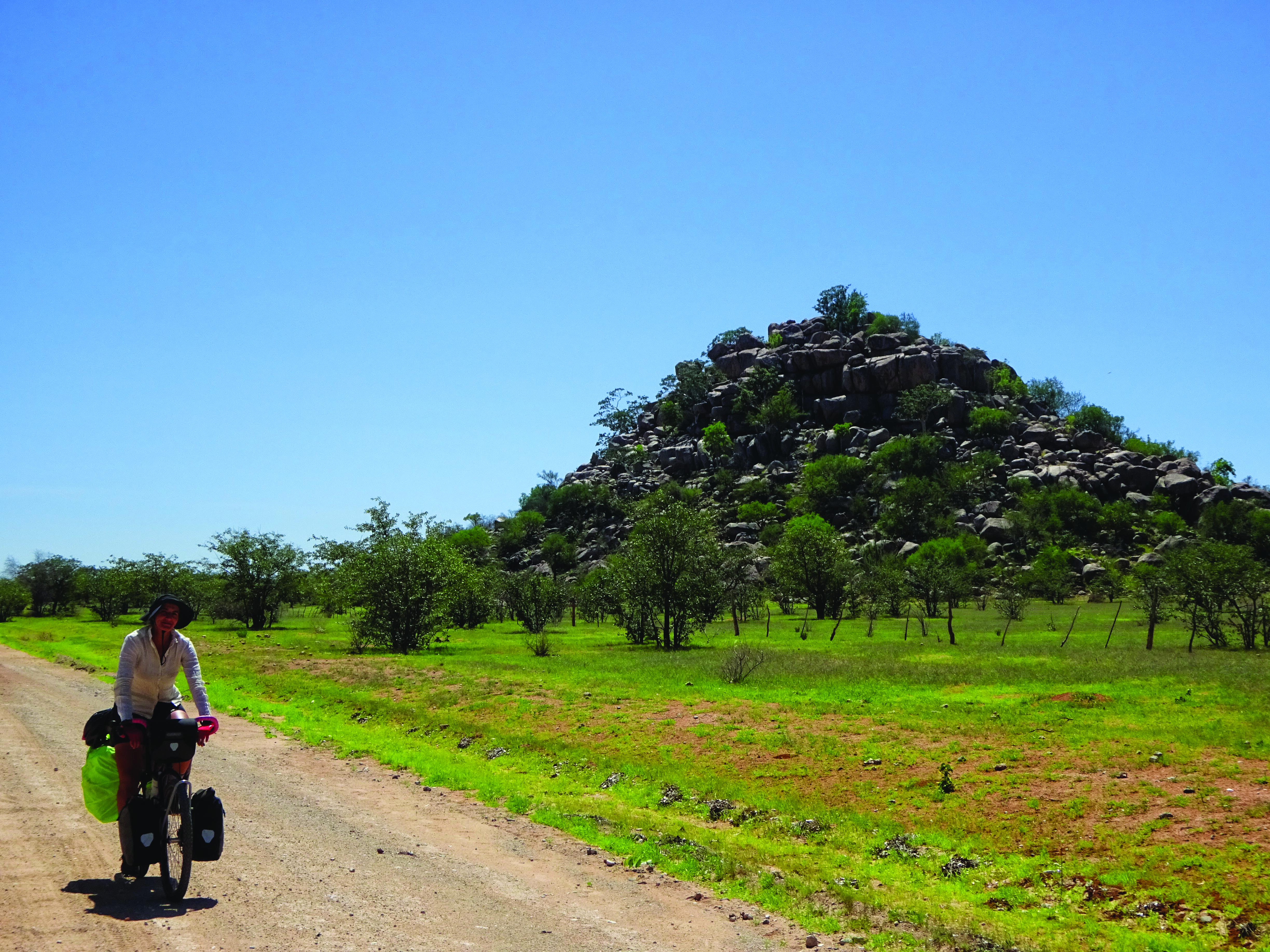
Frustrated and exhausted, Uis suddenly seemed days away. I found myself trapped in a cycle of mental anguish: I would gee myself up, remind myself that all progress is progress, and get into a positive mindset, knowing that every metre covered was one fewer between us and our destination.
Then I’d make the mistake of allowing positivity to turn into optimism. I’d hit a patch of slightly solid ground and hop onto the saddle, elated at being able to ride again. Looking ahead, I’d spot a slight rise in the road or a change in the shade of the surface. Perhaps the sand was ending? I was imagining easy riding all the way to town.
Then the front wheel would sink, and my heart would drop with it.
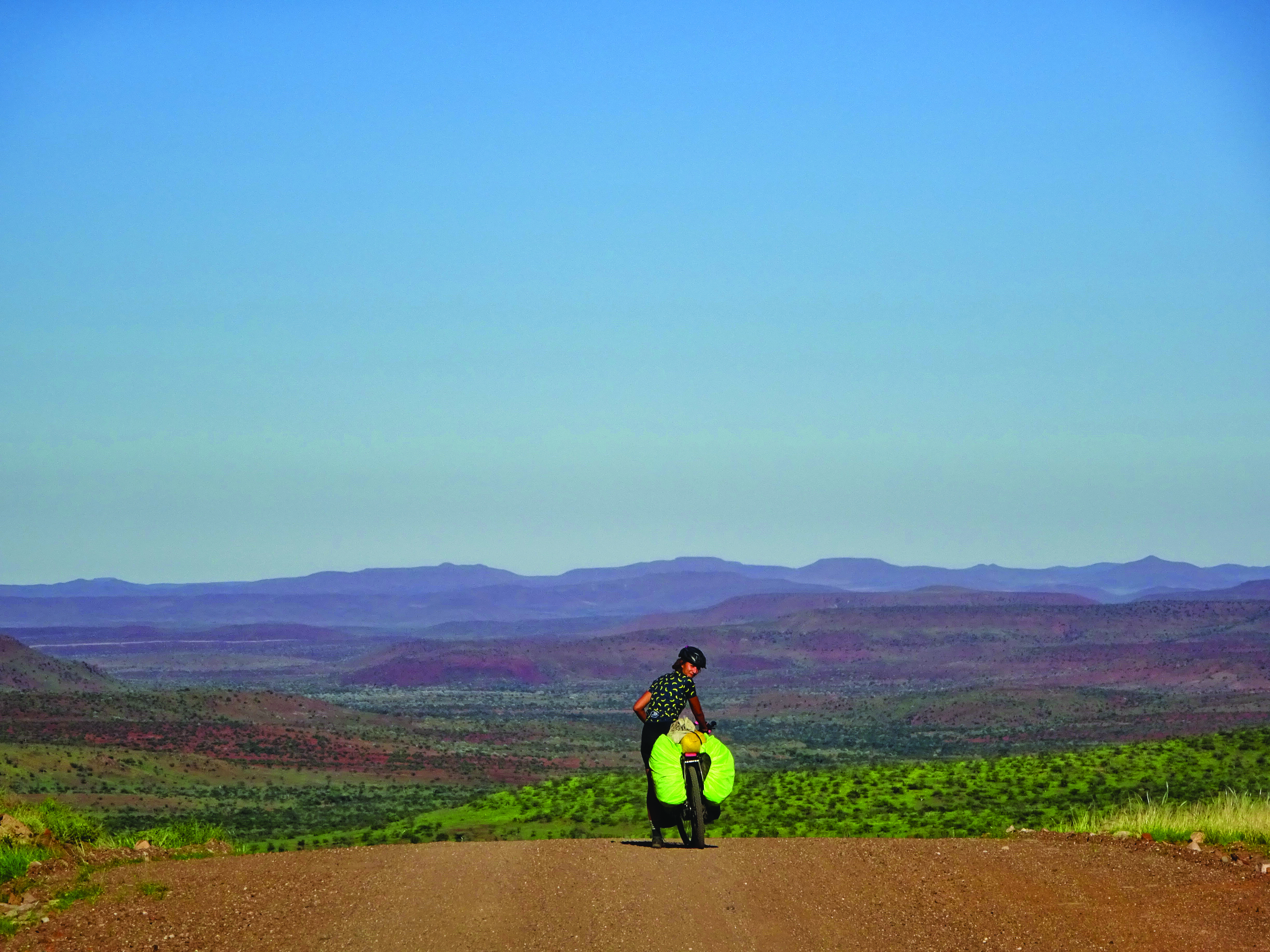
Ice cold in Uis
It was a punishing day: in six hours we covered just 20km. Our rations were thinning, and when we stopped, exhausted, for lunch, we discovered our six-day-old bread was mouldy. Emergency instant noodles – cooked with ease in the midday sun to preserve limited gas – saved lunch. But then we had to keep on pushing.
Eventually, with indescribable relief, we reached solid ground, and squeezed another 20km out of our tired legs. Our hope of reaching town the next day was alive.
Pitching our tent as the sun dropped, it felt like our perseverance had earned the desert’s respect. We were treated to the most incredible sunset, the sky turning slowly from pink, to purple, to orange, to yellow, while the silhouette of Brandberg loomed on the horizon like a huge moon.
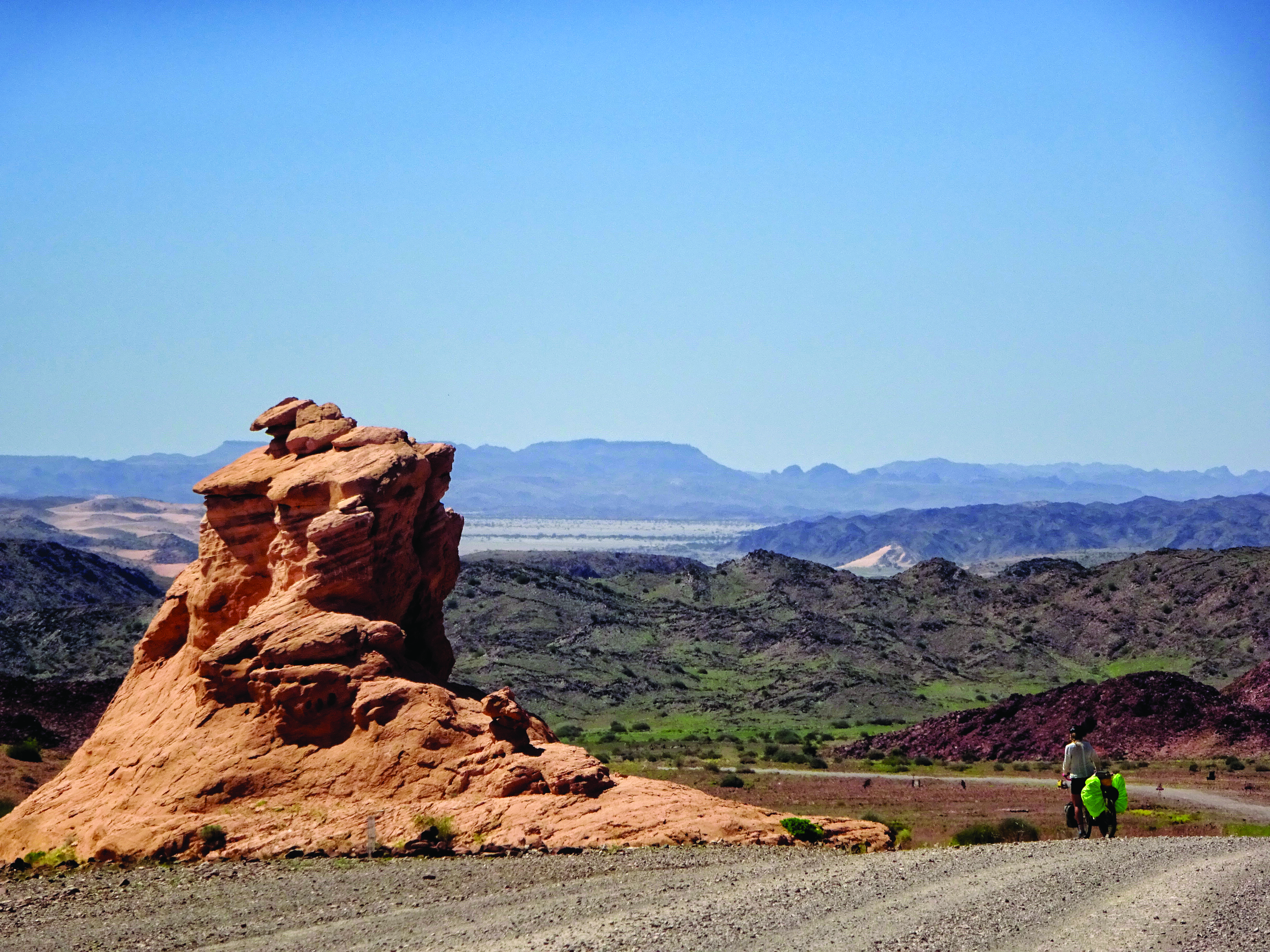
It was an energy-restoring, magical moment, and the following day our dreams came true: we were gifted with rideable roads. By 2pm we were sitting in the shade, clutching a pint, almost disbelieving the emotional rollercoaster of the previous seven days.
Elated and exhausted, we knew we’d barely scratched the surface of the Namib; we would spend the next month covering another 1,000km of this remarkable desert. But we also knew that if we’d managed Damaraland, we could manage anything, and that if the rest of Namibia was a fraction as incredible as this week had been, we’d be in for the ride of a lifetime.
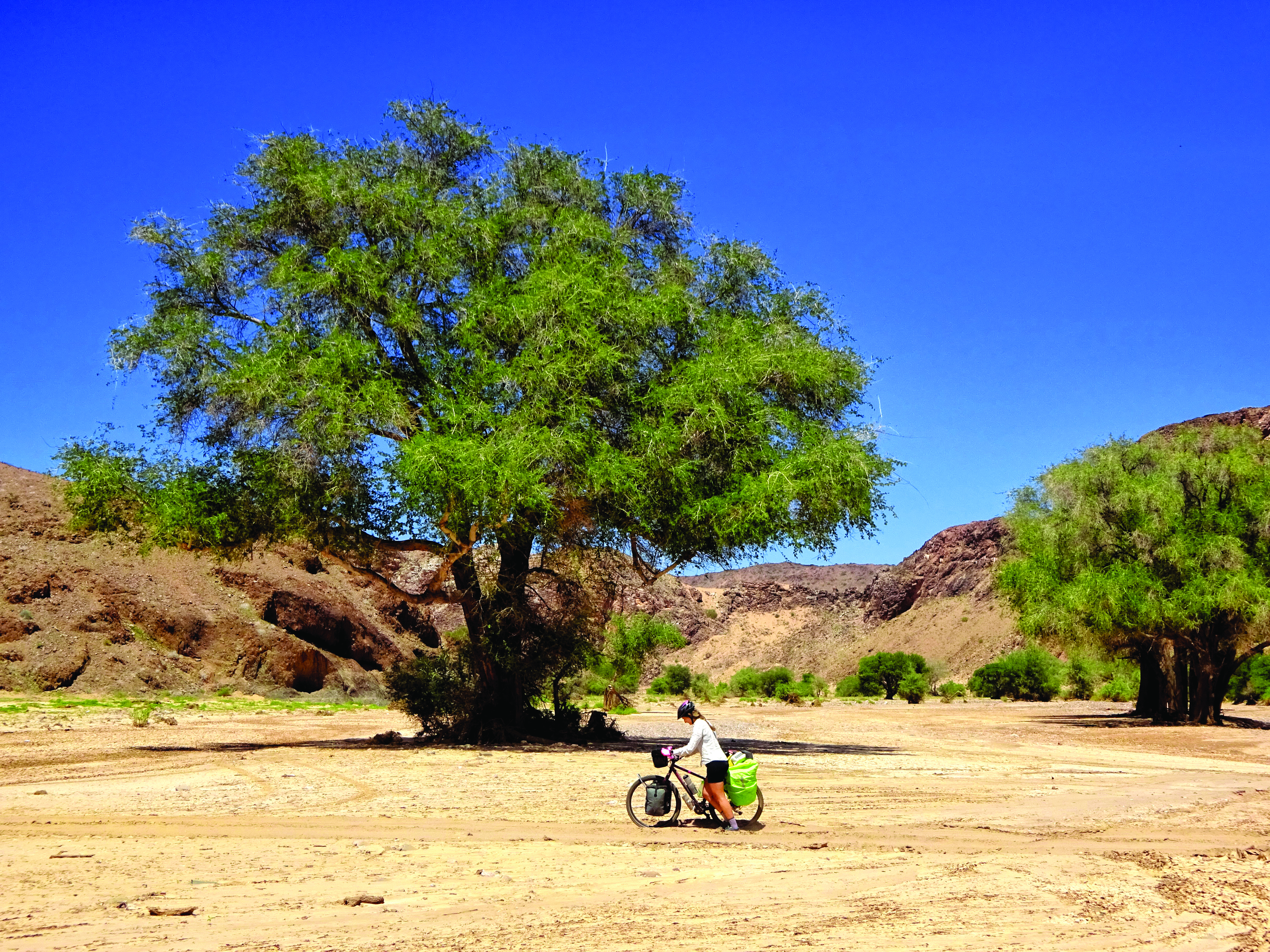
Cycling in Africa
Africa is easily stereotyped as unstable, yet many countries are not only safe but are filled with friendly people and fantastic cycling, especially if you’re willing to explore the dirt and gravel backroads. However, it’s important to be prepared. Bring your own spare parts, sun cream, camping kit, and everything else you’ll need. For a cross-continental tour, the main challenge is covering the vast distances while avoiding the often busy intercity tarmac roads. Bikepacking.com has a detailed guide for cycling in Africa, which we found useful for preparation.






